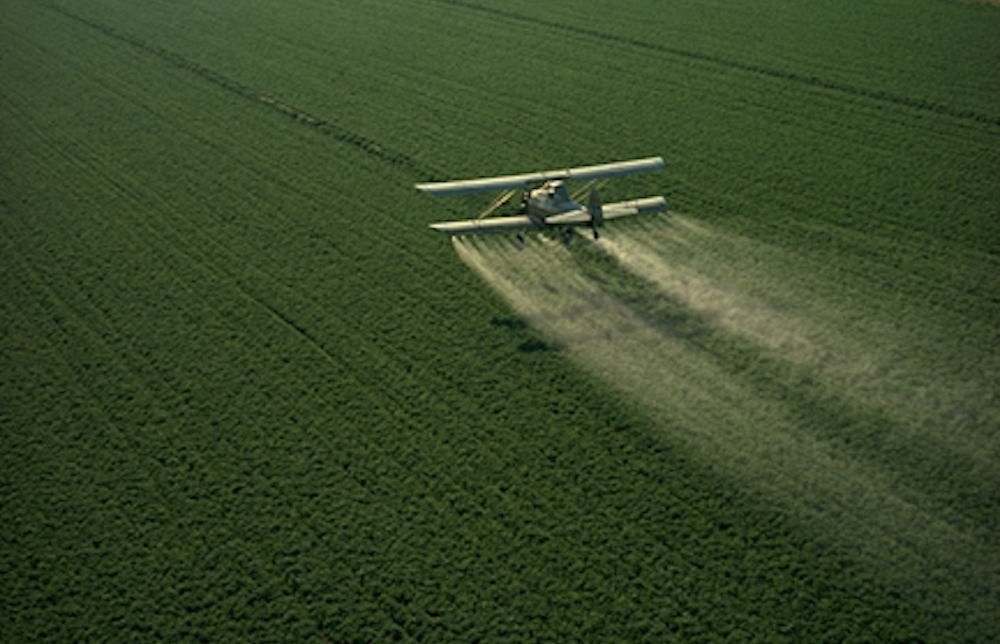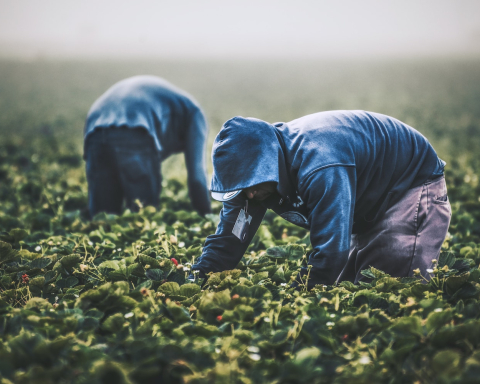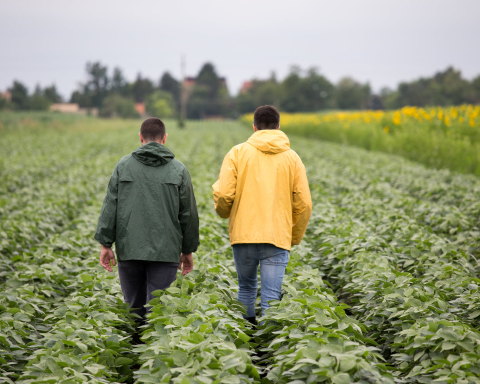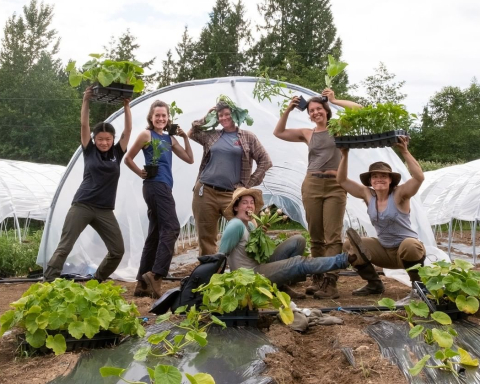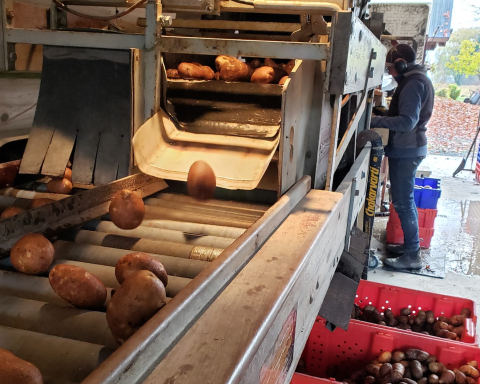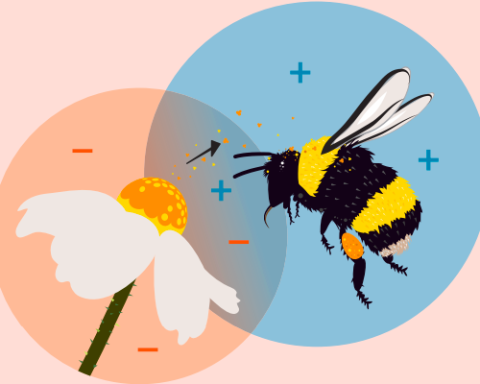Book Review: Toxic Legacy by Stephanie Seneff
By Hans Forstbauer
I recently read Toxic Legacy by Stephanie Seneff, a quintessential book on the agricultural chemical glyphosate. Her book has assembled and consolidated decades of research and data giving an in-depth explanation of the devastating impact this chemical has had—and continues to have—on not only human life, but all life on earth.
When glyphosate was patented as an herbicide in 1974, they said it was as safe as drinking water. My first thought was, how could something that kills everything be as safe as drinking water?
I was introduced to this chemical at a horticultural short course in the late ’70s. The instructor of the course was the head of the Federal Research Centre in Saanich, where they tested pesticides for approval for use on agricultural crops for Health Canada.
At the end of his presentation, the instructor said there is one caveat: do not use the chemical glyphosate in your greenhouses because it will take three to four years before anything will grow again. This led me to the conclusion that it doesn’t disappear; in fact, it remains in the environment for many years after use. In a greenhouse setting, water evaporates and condenses on the plastic or glass of the greenhouse and falls back down on the plants. The plants die. The glyphosate doesn’t disappear; it remains in the water and continues to kill. The lie that it disappears was exposed, yet the marketing machine continued even when they knew what they were selling was a lie.
Despite the known dangers of glyphosate, today close to 4.2 billion pounds are being used annually worldwide. Bayer, the chemical company who is now responsible for the use of glyphosate, agreed to pay over 10 billion dollars to end glyphosate-related law suits in the USA. Currently, 32 countries are in the process of fully or partially banning the use of glyphosate. But just this year, Canada and the USA approved the use of glyphosate for another 13 to 15 years! By 2023, Bayer will be withdrawing glyphosate from the retail market; it will only be available for agricultural use. Which leads me to ask: if it isn’t safe for the average person to use, how is it safe for it to be used on the food we eat?

Today as I sit here and try to make sense of the apparent insanity of what seems to be the “zeitgeist” of our time, I feel the sting of smoke-filled air in my nostrils, my mouth, my lungs, and my eyes. Yes, it is 1:30 in the morning and it is 26 degrees outside. This surely must be a record high/low. Earlier it was 38 degrees Celsius and as the sun went across the western sky, it looked like a filtered moon because of all the smoke.
Global warming is really kicking in. There are floods, winds, fires, and a pandemic across the entire globe like never experienced before. The reasons for this seeming catastrophe of global warming is the excessive use of fossil fuels and the way our agriculture and the world food systems are set up. Studies show that chemical farming not only makes us sick, but also makes everything it comes in contact with sick or dead. Furthermore, it stops carbon sequestering. Studies show that organic practices can sequester up to 16 tonnes of carbon per acre per year. One of the deadliest chemicals ever approved for use in agriculture is glyphosate, more commonly known as Round Up. A chemical that kills all living plants and a whole range of bacteria probably isn’t that safe. We were told it disappears rapidly, but because it is water soluble, it only appears that way.
Genetically engineered crops, such as corn, soy, and cotton are modified to be glyphosate-resistant which guarantees the use of glyphosate. More than 65 countries label GMO foods, including the USA (using QR codes). Despite more than 80% of Canadians wanting GMO foods labeled, two free parliamentary votes to label GMO foods in Canada failed to pass both times. What is wrong with our country? Why is glyphosate so bad and why is it still so widely used?
Einstein said, “Don’t do anything that goes against your conscience even if your government says so.” Many world governments, including our own, say the use of glyphosate is safe, but there is overwhelming evidence that it is not. To change the world, we have to become more active, more organized, more passionate, and more vocal about how our life is directly impacted by the life around us and in us. It is not good enough to just farm organically and regeneratively when the overwhelming majority of agribusiness which is so closely linked to the fossil fuel industry is making our earth, us included, sick.
Become educated, become aware. Read Toxic Legacy by Stephanie Seneff and as Gandhi said, “Be the change you want to see in the world.”
Just thoughts,
Hans Forstbauer, the natural earth farmer.
Feature image: Spraying pesticides in California. Credit: USDA Photo by Charles O’Rear.


